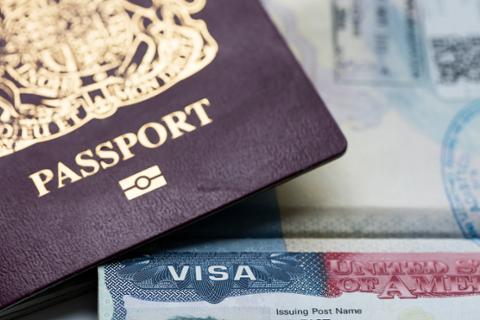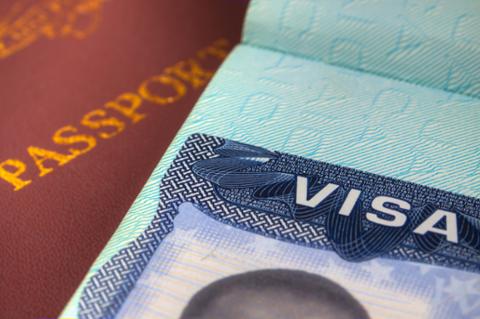
How are the massive layoffs at some of the nation’s biggest tech companies impacting tech professionals on the H-1B and other visas?
Exact numbers are hard to come by, but a new article in The Wall Street Journal suggests that “tens of thousands” of H-1B workers have been affected by the layoffs. Since last year, the tech industry has enacted some 257,000 job cuts, although the latest data from the U.S. Bureau of Labor Statistics (as analyzed by CompTIA) suggests the overall tech unemployment rate fell to 1.5 percent in January, which is notably low by historical standards.
According to U.S. Citizenship and Immigration Services (USCIS), there were 483,000 H-1B registrations for fiscal 2023, representing a 57 percent increase over fiscal 2022. Some 127,600 registrations were selected via lottery. However, that lottery took place before some of the biggest names in tech decided to reduce their budgets and headcount, meaning that a significant number of H-1B workers ended up at companies where plans had suddenly changed. If they’re laid off, those with an H-1B have 60 days to find a new position or risk having to leave the country.
For critics of the H-1B system, any weakening in the demand for H-1B visas is a good thing. For decades, these critics have accused tech companies of abusing the visa to hire specialized labor at cheaper rates, especially consulting and business-services companies that subcontract specialists on the H-1B to other firms. Although multiple Presidential administrations have attempted to limit and/or reform the H-1B program, none have managed to achieve sweeping system reform.
U.S. Citizenship and Immigration Services (USCIS) previously offered a much-delayed proposal (now scheduled for May 2023) that could adjust the definition of the H-1B employer-employee relationship. Those reforms may also update guidelines such as employer site visits and F-1 students changing their status to H-1B, significantly impacting how companies hire and retain visa workers. On Feb. 10, the U.S. State Department also announced that H-1B and L-1 visa holders may have the ability to renew their visas without needing to leave the U.S.; that policy shift hinges on the results of a pilot program that the State Department will reportedly launch later in 2023.
In the meantime, though, it’s clear that tech’s seismic layoffs are having a significant impact on H-1B workers across the country. For those laid off, the clock is ticking to find another position—fast.

